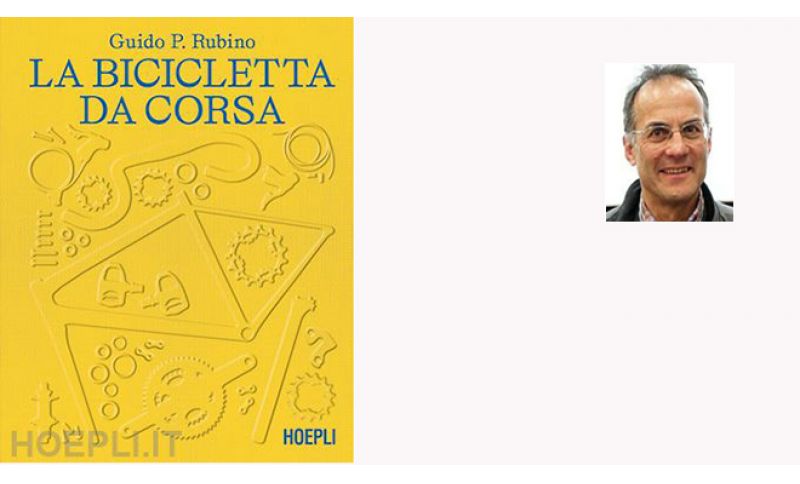

Every five years Guido Rubino starts writing "The Racing Bicycle". His own. The first time in 2009, the second in 2015, the third in 2025 (Hoepli, 252 pages, 32.90 euros). Writing, in this case, means updating: identifying different types, then analyzing frame, materials and components, studying geometry (measurements, lines, angles...), and then offering usage advice. This time there's also space for electric bicycles and vintage bikes, two mechanical and historical extremes, and before that for gravel bikes, a sort of compromise between road and cyclocross bikes, ideal for white roads. Finally, additional advice for purchasing, new and used.
In five years, the racing bicycle changes and enters another generation. Eight tubes, two wheels, two pedals, a handlebar and a saddle: everything like two centuries ago thanks to the intuition of father and son Michaux, Parisian mechanics, who had added that detail (not exactly a detail) that had eluded the German baron Von Drais for some years. The pedals, precisely. But the truth is that there's not a day when the racing bicycle is not studied, tested, elaborated, sought, and often not found, for a new solution. Mission or obsession, precision or rigor, evolutionism or perfectionism, adaptation or interpretation: the paths of scientists and designers (and industries and merchants) are endless.
"In these years - writes Rubino - the racing bicycle has evolved tremendously, becoming super specialized with race models, now beyond the reach of a simple weekend cyclist: it would be like buying a Formula 1, but lucky who can; then gravel bikes arrived, and, still timidly, racing e-bikes. All in their different price and usage variations, but all with a market logic that increasingly attracts heterogeneous enthusiasts from different, more or less sporting, paths. There's literally something for everyone, and this book tries to bring some order to a situation that might appear confusing even for those who constantly follow market news".
Rubino describes and explains, photographs and shows, lists and indicates. Here, practical and concrete, he gives more space to technology than poetry, more to physics than history. Here he's interested in delving into the sprocket cassette and headset, disc brakes and short cranks, handlebar height and saddle setback: jargon and formulas that the vast majority of cyclists, even professionals, have only heard about, maybe on TV, and have hardly observed, studied, or learned. A book as a travel companion to consult before leaving and then keep at home waiting to return and, perhaps, adjust, modify, attempt. A book like a patient and documented friend, interested but impartial, above the fray, thoughtful and precise.


Se sei giá nostro utente esegui il login altrimenti registrati.